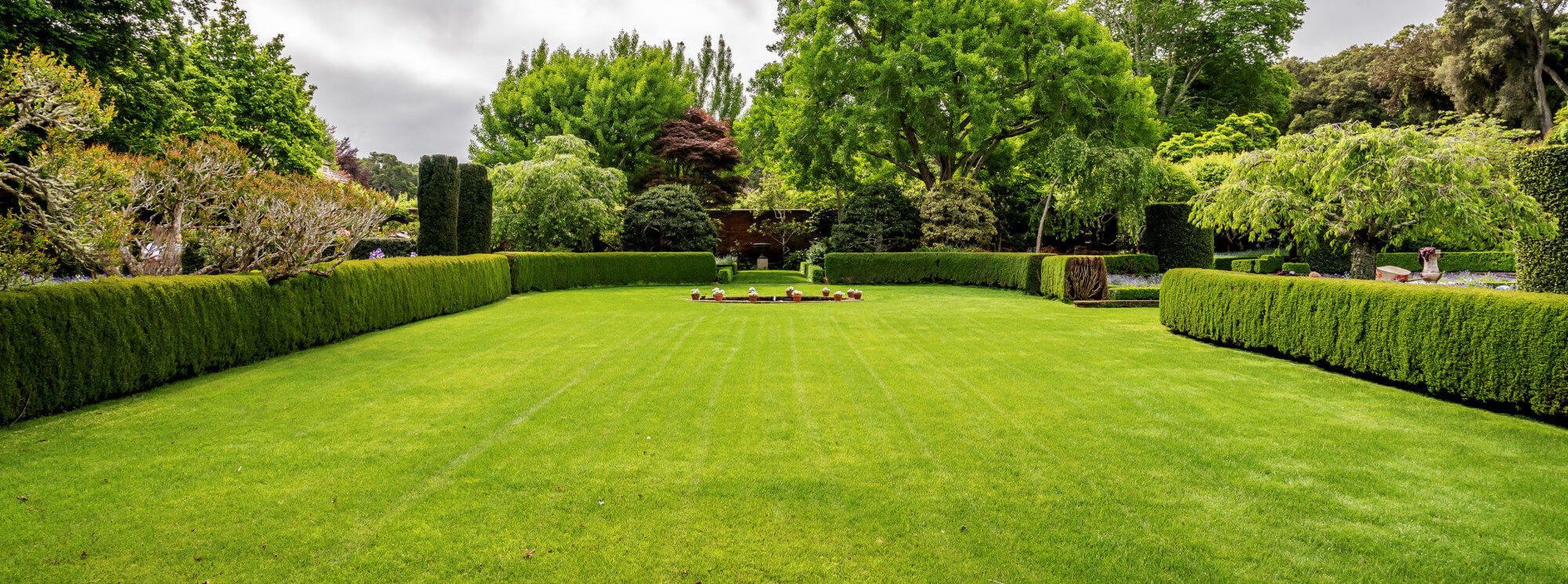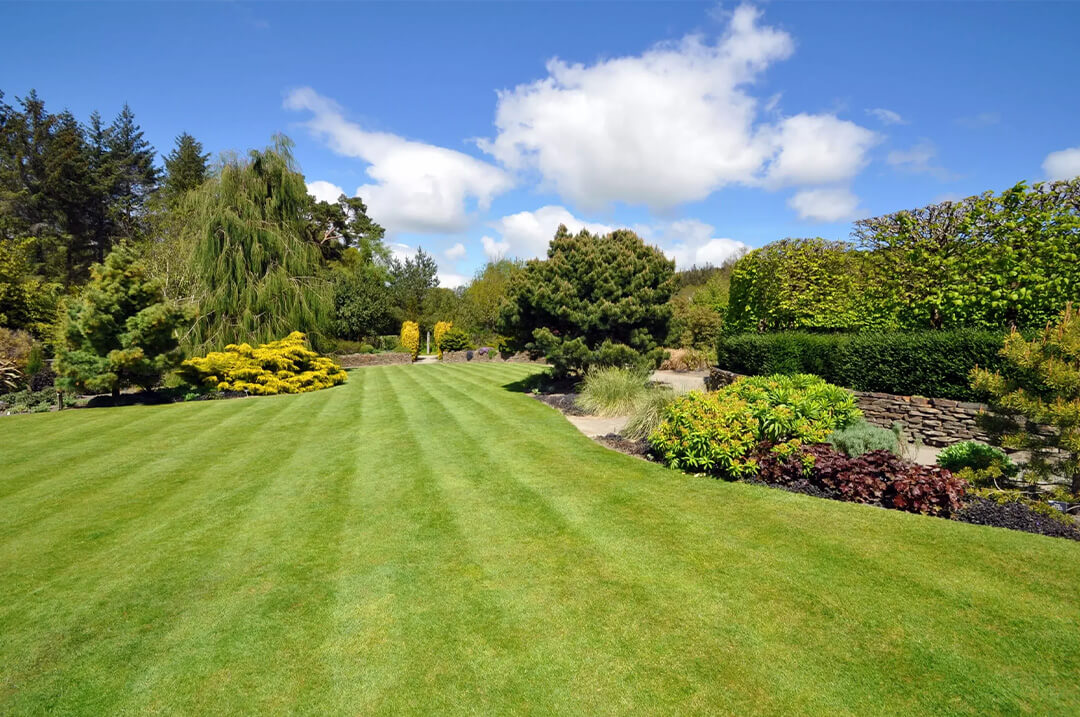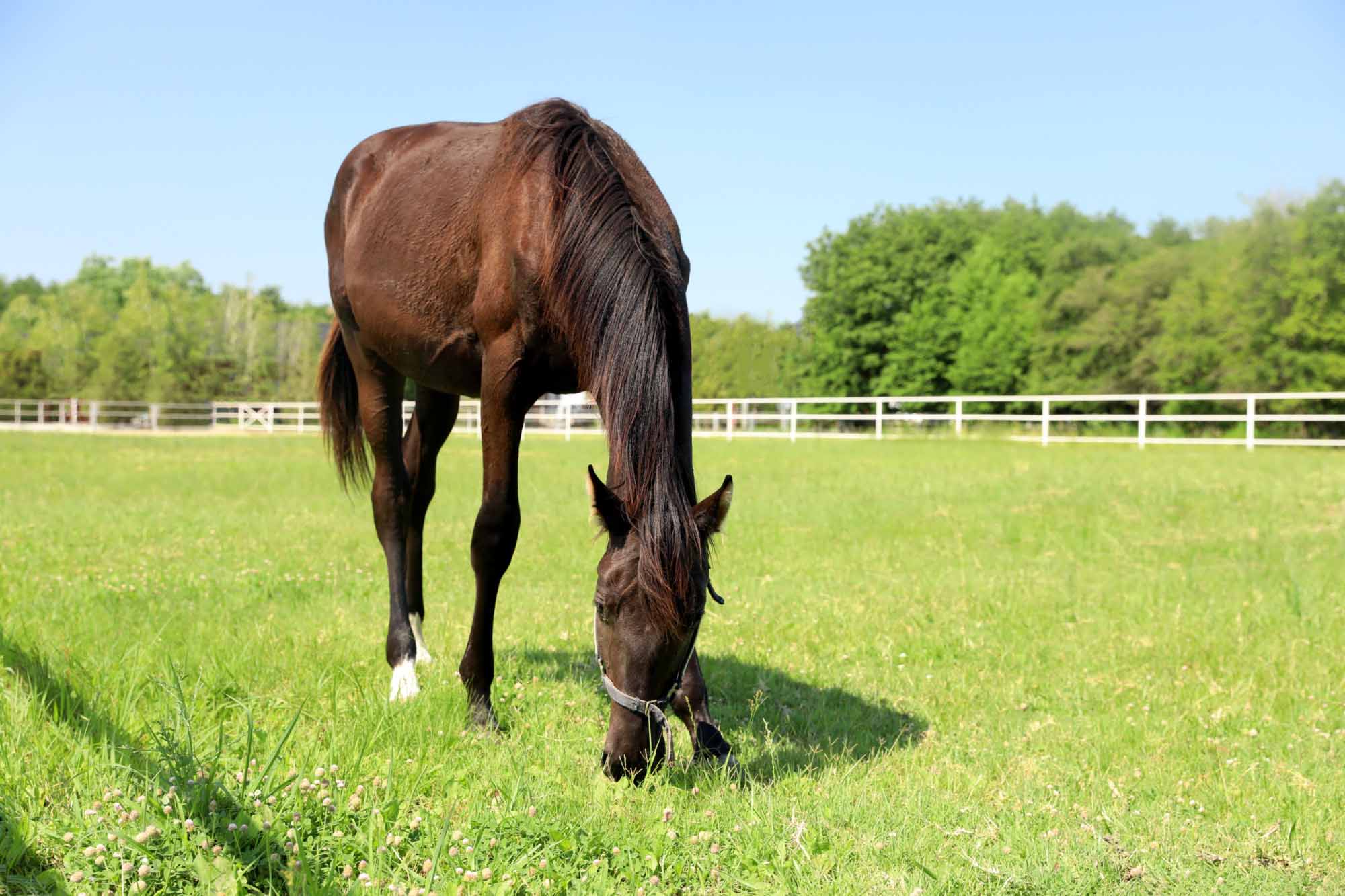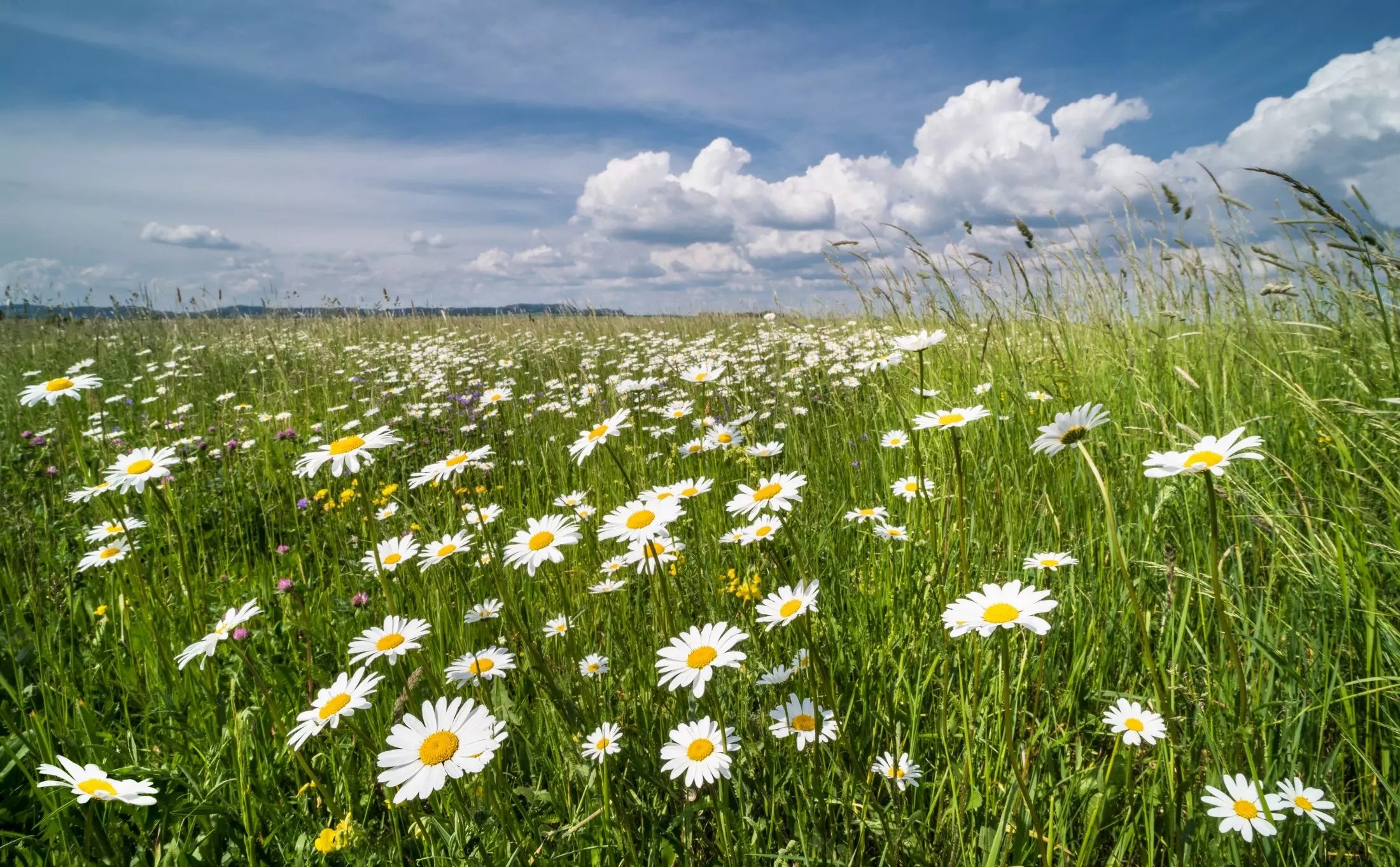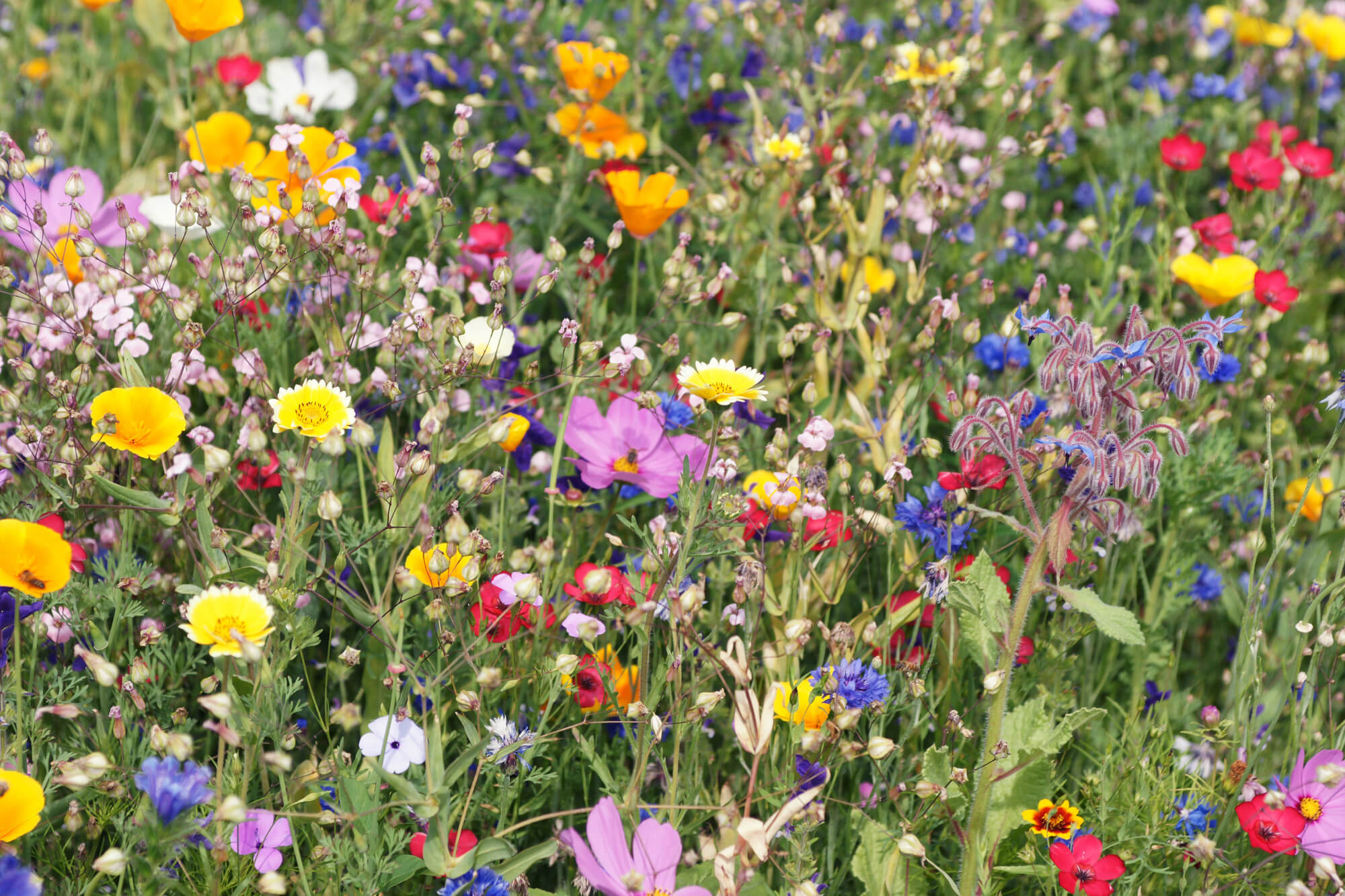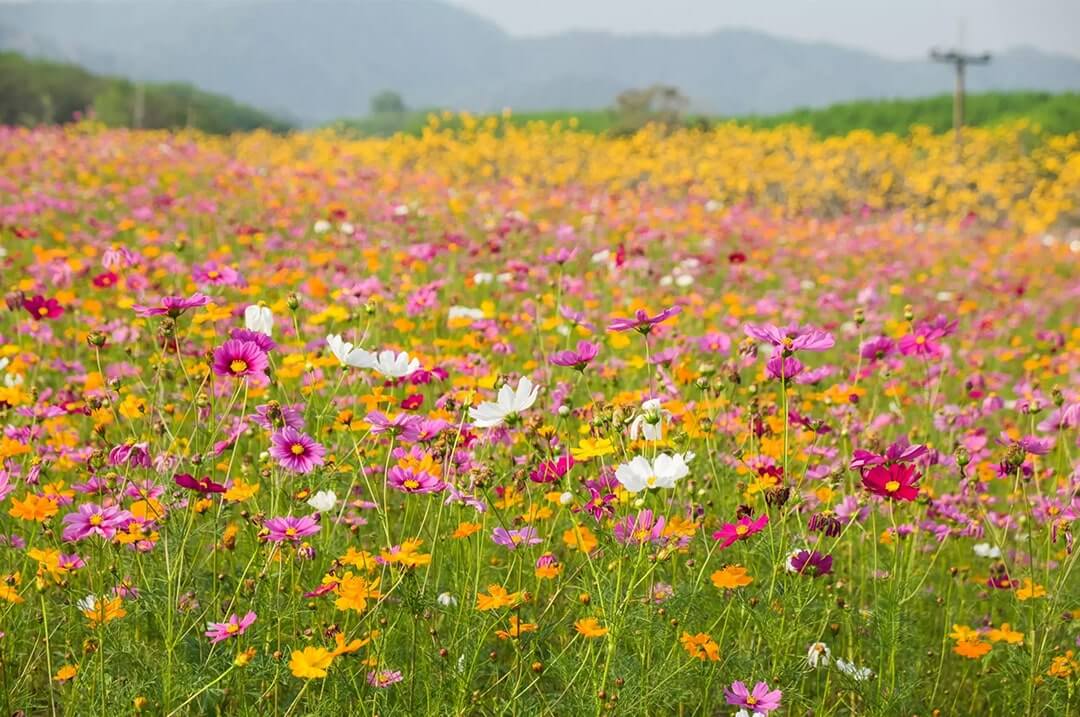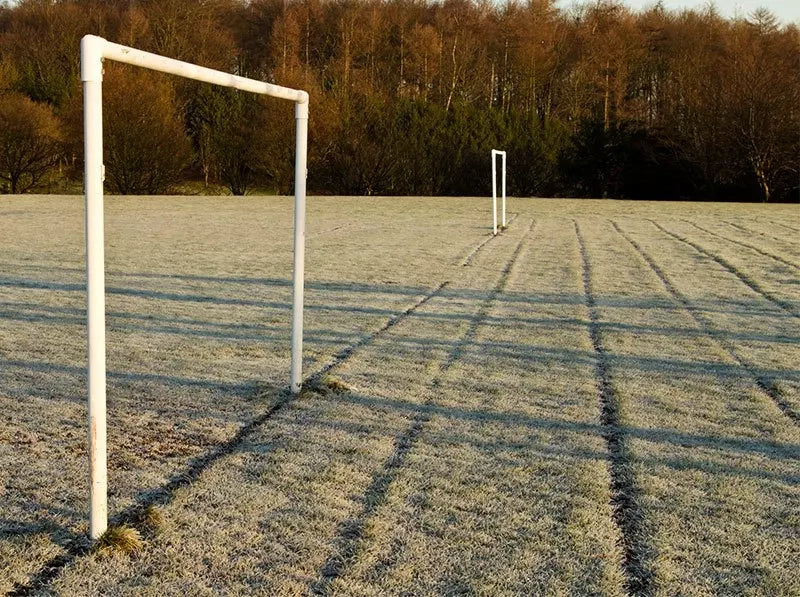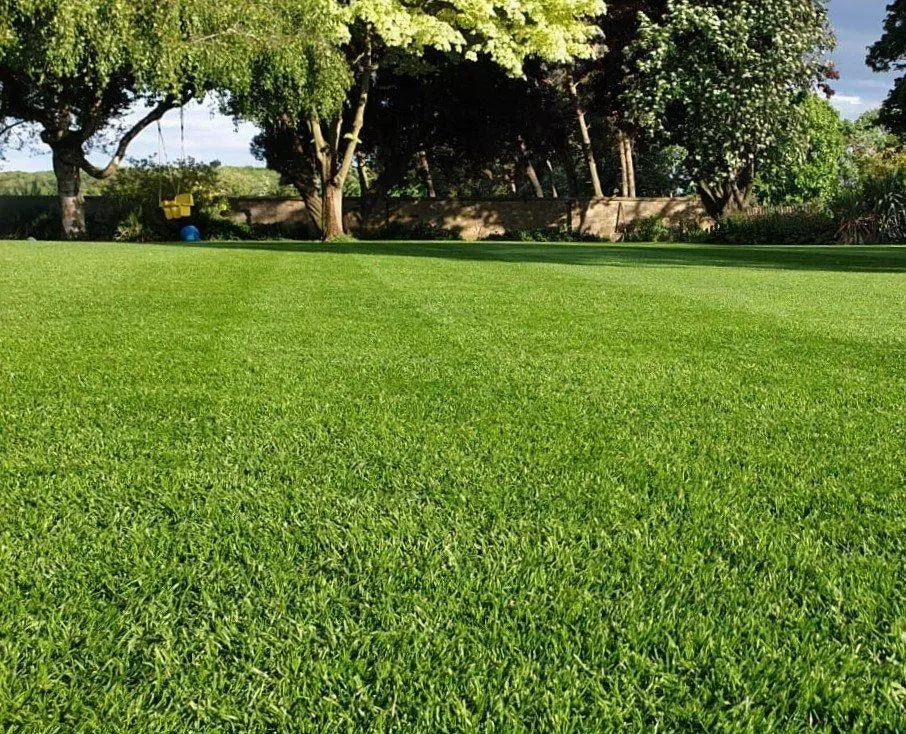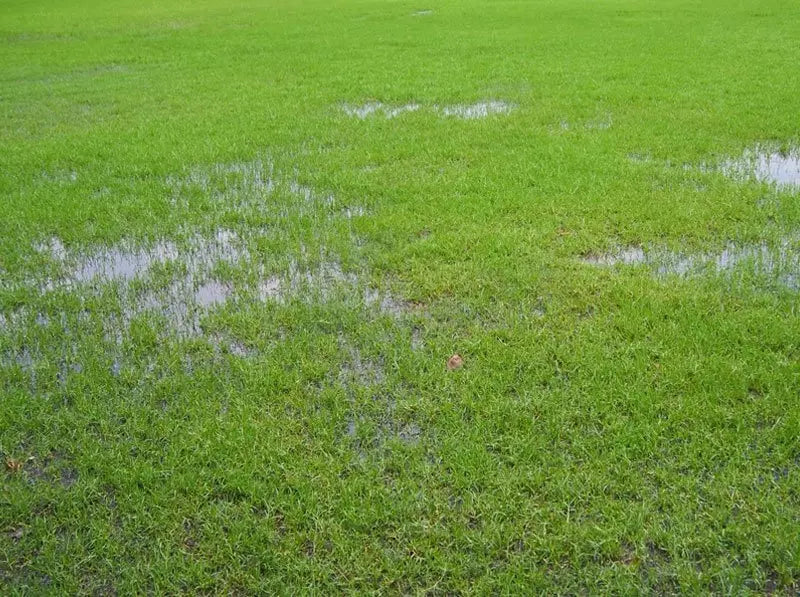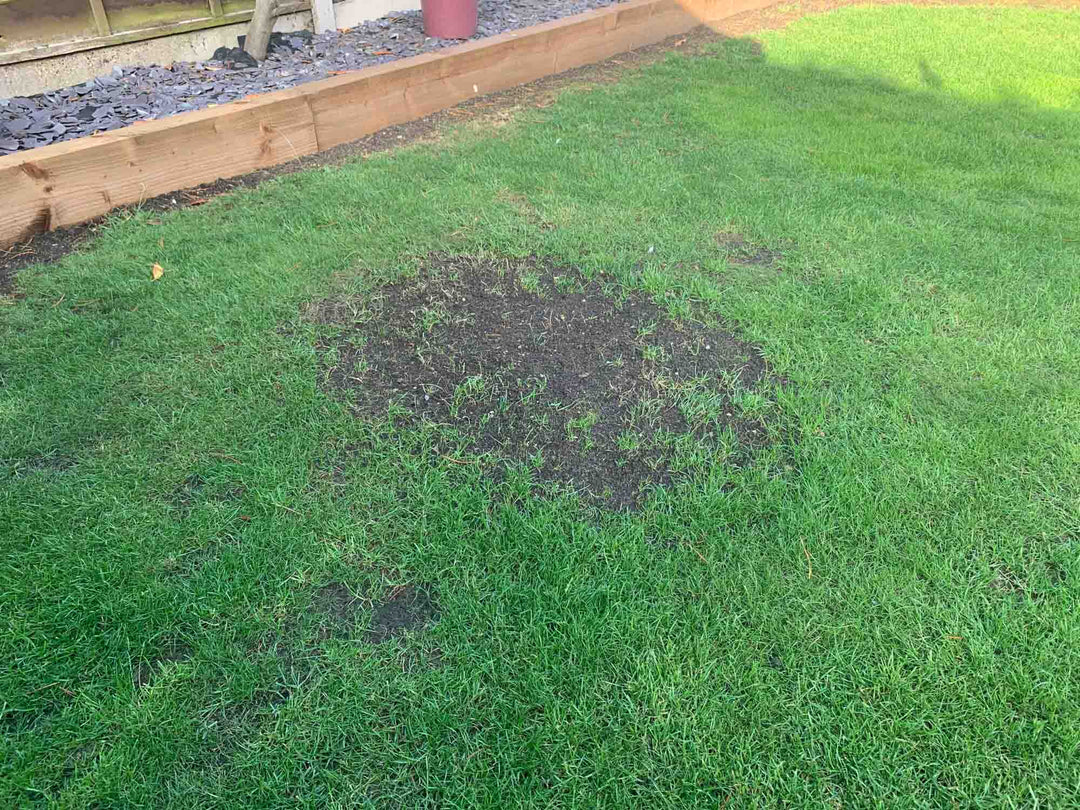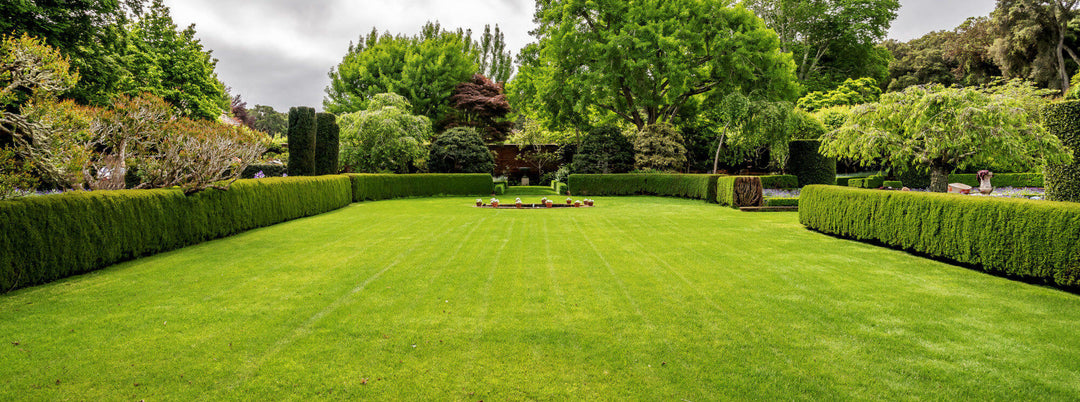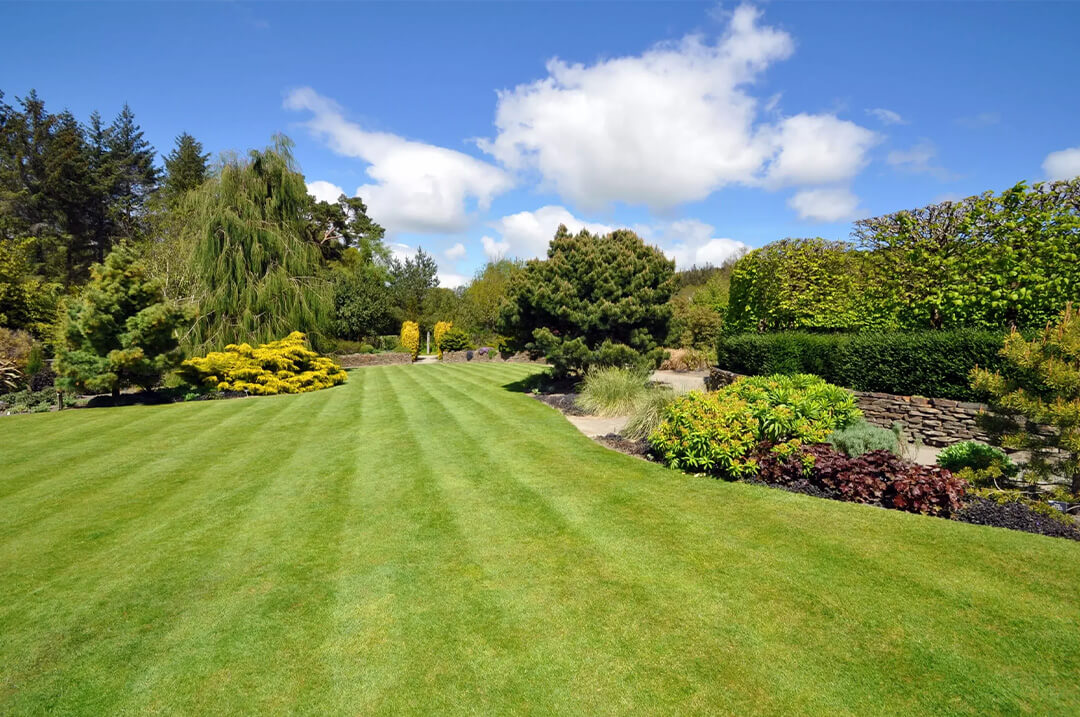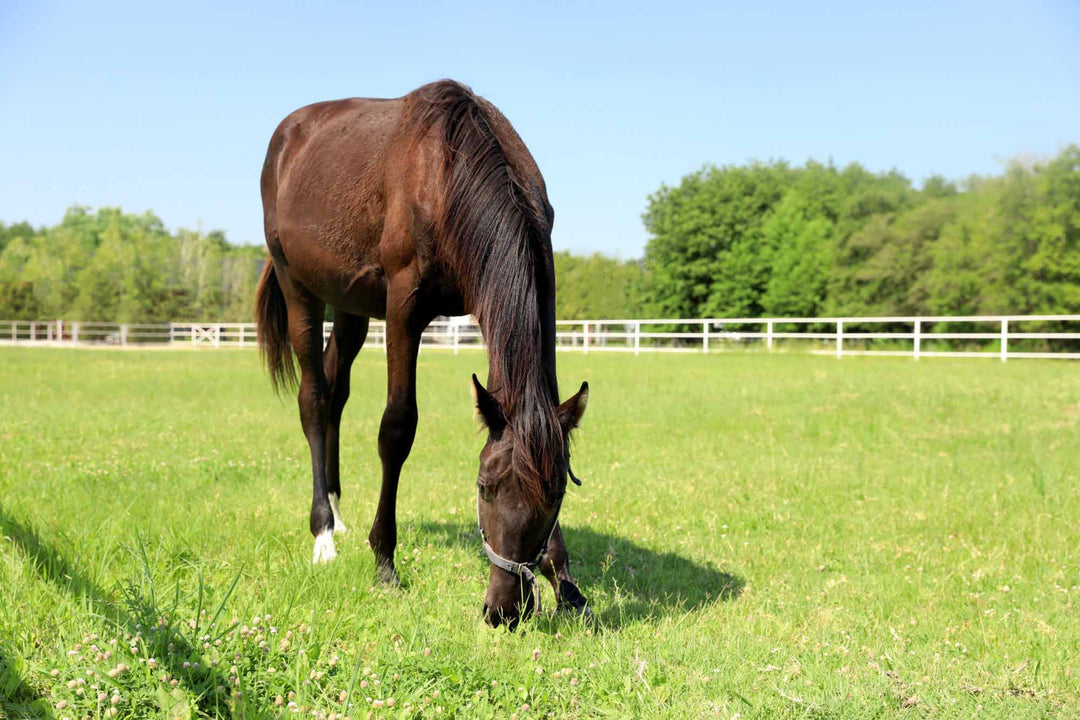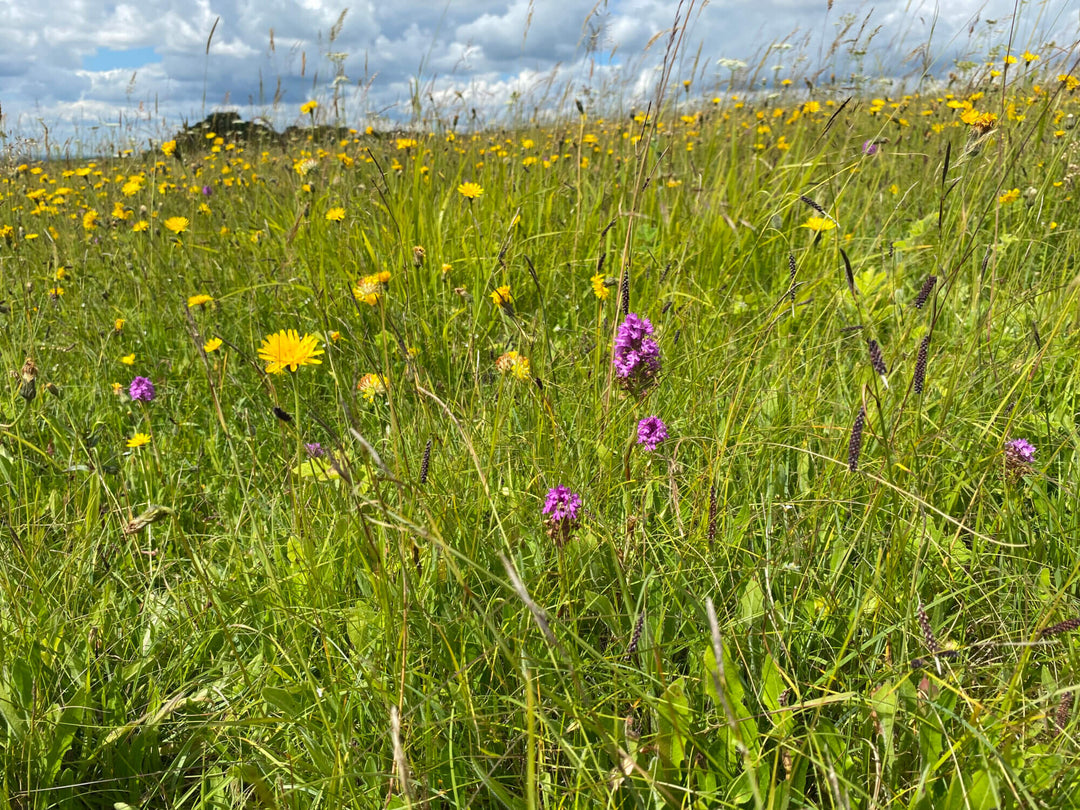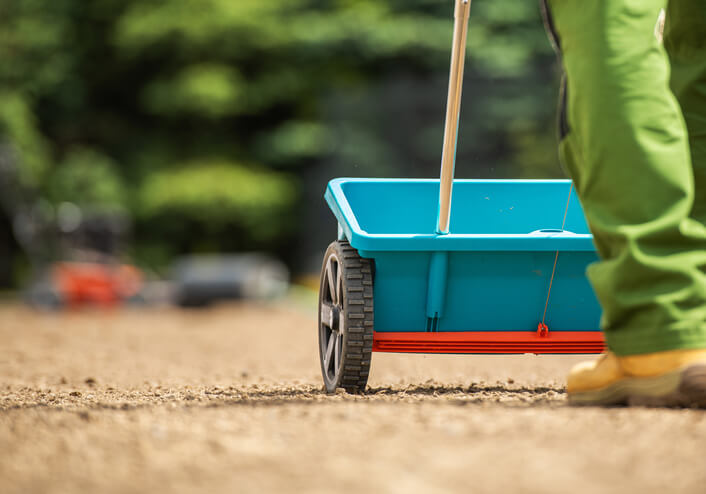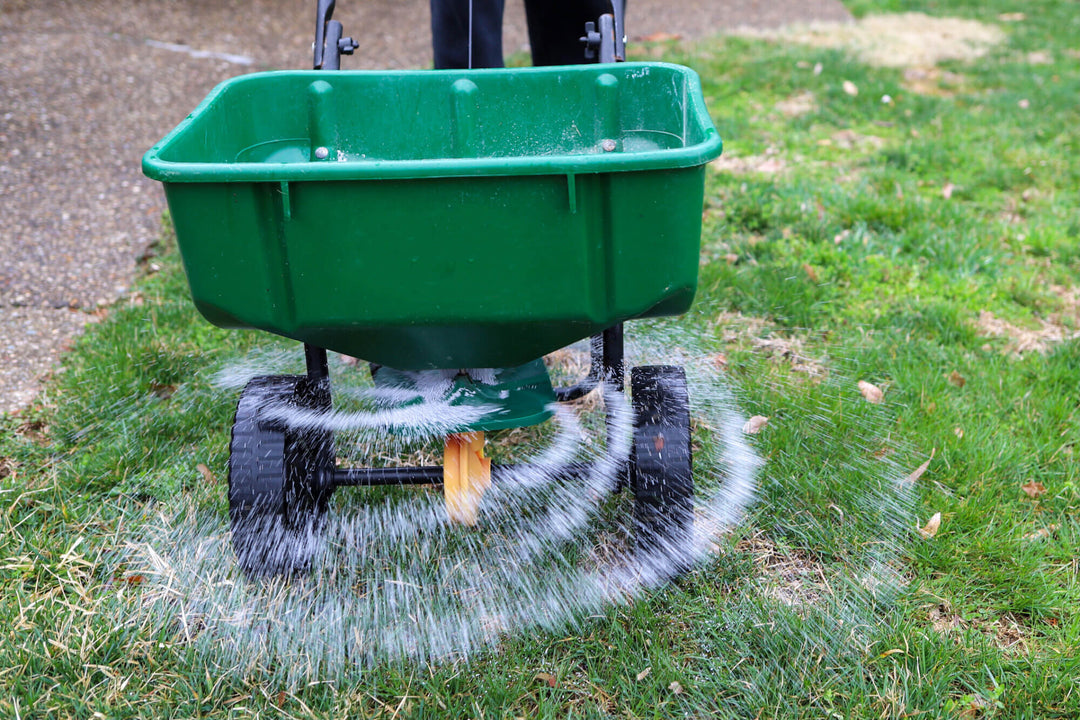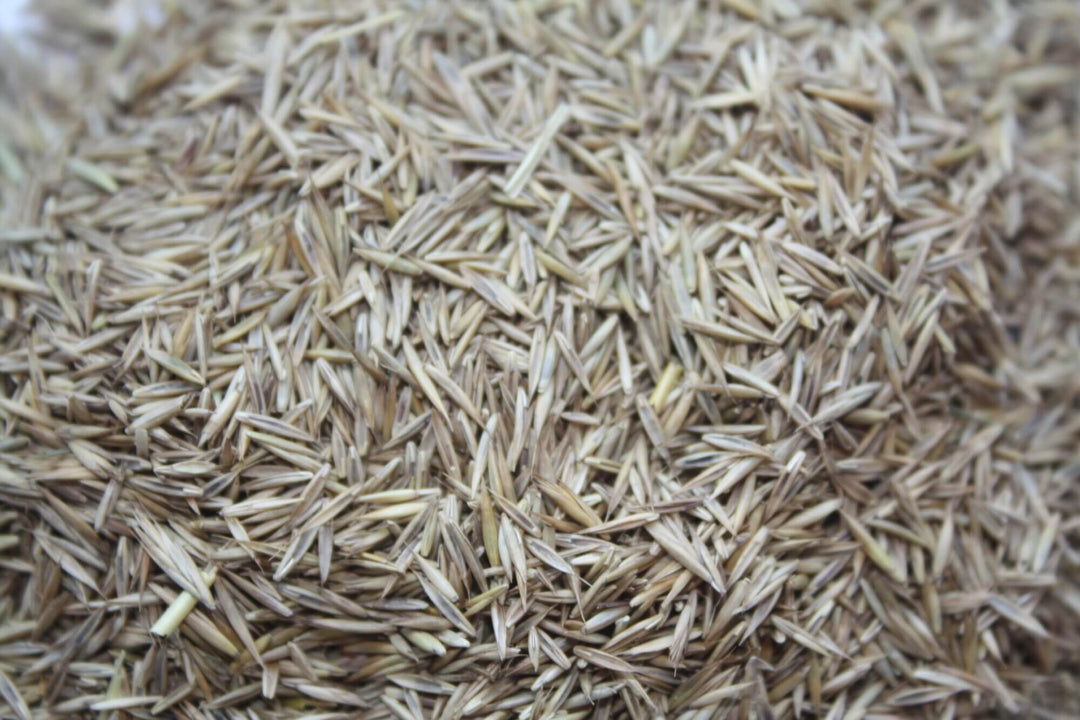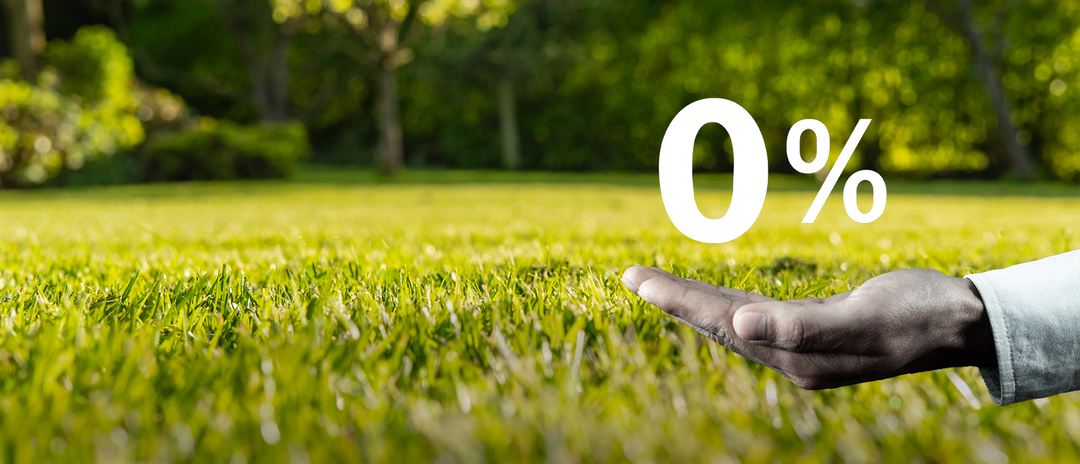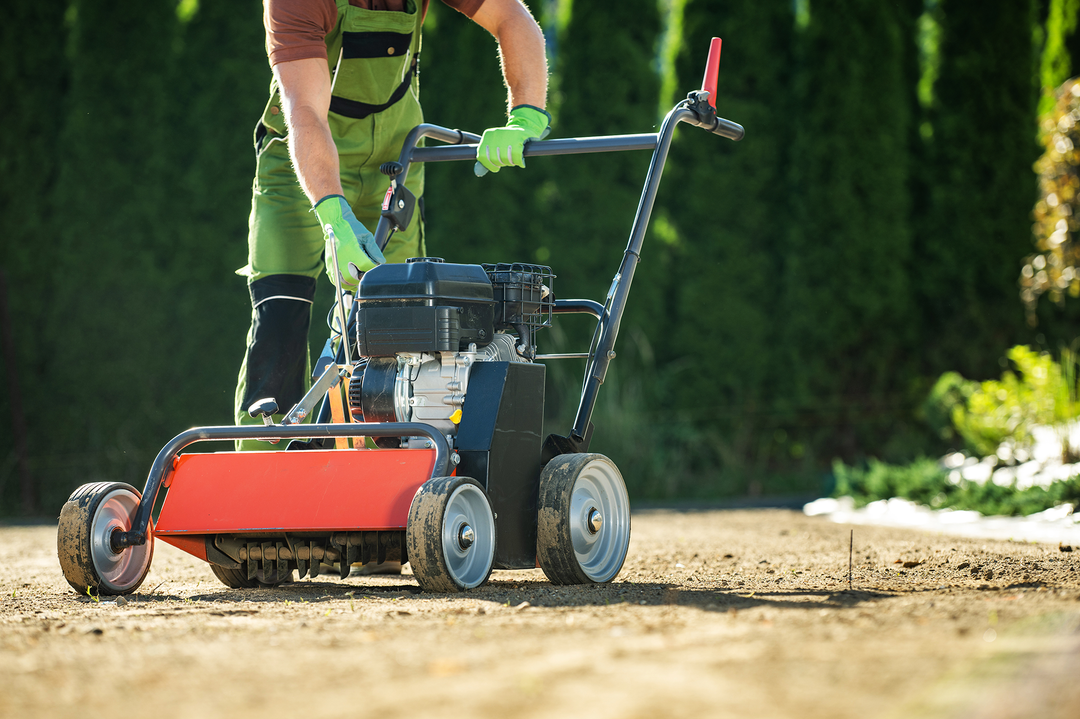Shop best sellers
Shop our top-selling grass seed blends, expertly chosen for diverse gardening needs. Tailored for different soil and situations, find your perfect match for a vibrant, resilient lawn.
Shop by category
Explore our wide range of grass and lawn seed mixtures, perfect for your garden or home lawn, all at competitive prices. We offer a variety of grass seeds for every need. Additionally, discover our lawn fertilisers and grass seed & fertiliser spreaders.
Let customers speak for us
What customers think about the store
The store offers high-quality grass seeds designed for various soil conditions and environments. Customers praise the fast germination, thick coverage, and lush green lawns achieved with the seeds. The company provides excellent service, with prompt deliveries...
AI-generated from customer reviews.
Delivery Growth Lawn Seed




